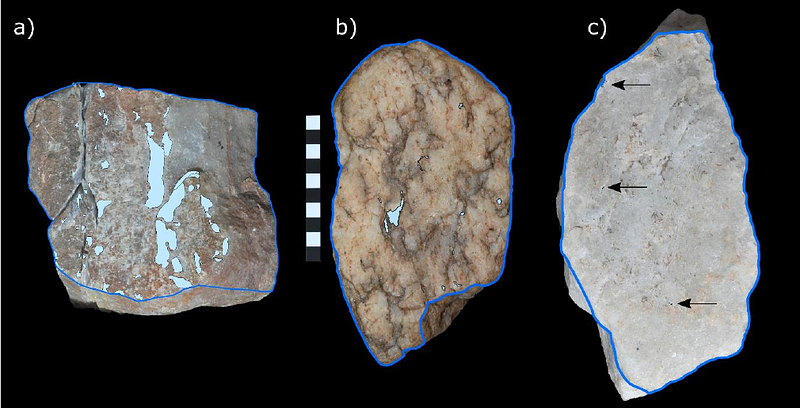Tool skill impacts the archaeological evidence across technological primates

Tool skill impacts the archaeological evidence across technological primates
Luncz, L. V.; Slania, N. E.; Almeida-Warren, K. V.; Carvalho, S.; Falotico, T.; Malaivijitnond, S.; Arroyo, A.; de la Torre, I.; Proffitt, T.
AbstractThe archaeological record offers insights into our evolutionary past by revealing ancient behaviour through stone and fossil remains. Percussive foraging is suggested to be particularly relevant for the emergence of tool-use in our lineage, yet early hominin percussive behaviours remain largely understudied compared to flaked technology. Stone tool-use of extant primates allows the simultaneous investigation of their artefacts and the associated behaviours. This is important for understanding the development of tool surface modification, and crucial for interpreting damage patterns in the archaeological record. Here, we compare the behaviour and the resulting material record across stone tool-using primates. We investigate the relationship of nut-cracking technique and stone tool modification across chimpanzees, capuchins, and long-tailed macaques by conducting standardized field experiments with comparable raw materials. We show that different techniques likely emerged in response to diverse nut hardness, leading to variation in foraging success across species. Our experiments further demonstrate a correlation between techniques and the intensity of visible percussive damage on the tools. Tools used with more precision and efficiency as demonstrated by macaques, show fewer use wear traces. This suggests that some percussive techniques may be less readily identified in the archaeological record.


